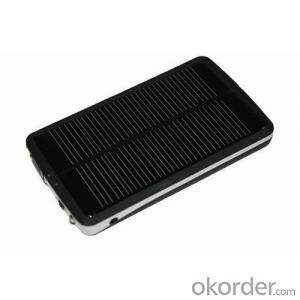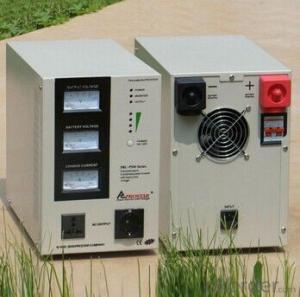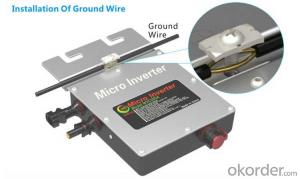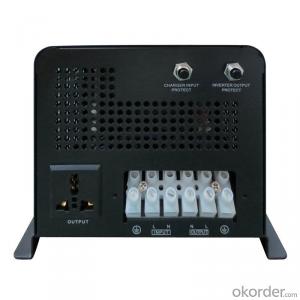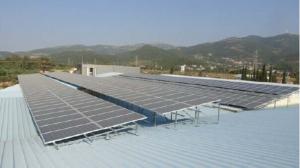Best Solar Inverter 2023
Best Solar Inverter 2023 Related Searches
Best Solar Inverter 2022 Best Solar Inverter Best Solar Power Inverter Best Inverter Solar The Best Solar Inverter Best Solar Battery Inverter Solar Best Inverter Solar Inverter Best Best Inverter For Solar World Best Solar Inverter Best Solar Inverter 2019 Best Solar Panel Inverter Best 24v Solar Inverter Best 24 Volt Solar Inverter Which Solar Inverter Is Best Top Solar Inverter Best Inverter Solar System Best Inverter For Solar System Best Solar Hybrid Inverter Best Inverter Solar Panel Best Home Solar Inverter Best Solar Inverter For Home Best Solar Inverter Brands Best Solar Pump Inverter Best 12v Solar Inverter Best Solar Inverter Generator Best Solar Inverter 2016 Best Hybrid Solar Inverter Best Inverter For Solar Panels Best Solar Inverter ChargerBest Solar Inverter 2023 Supplier & Manufacturer from China
The Best Solar Inverter 2023 is a cutting-edge product that has been designed to optimize the performance of solar energy systems. This advanced inverter is equipped with the latest technology, ensuring maximum efficiency and reliability for residential and commercial solar installations. It is engineered to handle various solar panel configurations and is compatible with a wide range of solar energy systems, making it a versatile choice for those looking to harness the power of the sun.The Best Solar Inverter 2023 is ideal for a variety of applications, including off-grid, on-grid, and hybrid solar power systems. It is particularly useful in areas where there is a need for reliable and efficient energy storage and conversion. This product is perfect for homeowners, businesses, and even large-scale solar power plants looking to maximize their solar energy output and reduce their reliance on traditional energy sources. Its user-friendly interface and advanced features make it easy to integrate into existing systems or as a standalone solution.
Okorder.com is a reputable wholesale supplier of the Best Solar Inverter 2023, offering a vast inventory to meet the growing demand for high-quality solar inverters. As a leading supplier in the industry, Okorder.com ensures that customers receive top-notch products at competitive prices. With a commitment to customer satisfaction and a focus on providing the latest solar technology, Okorder.com is the go-to source for those seeking the Best Solar Inverter 2023 to enhance their solar energy systems.
Hot Products


